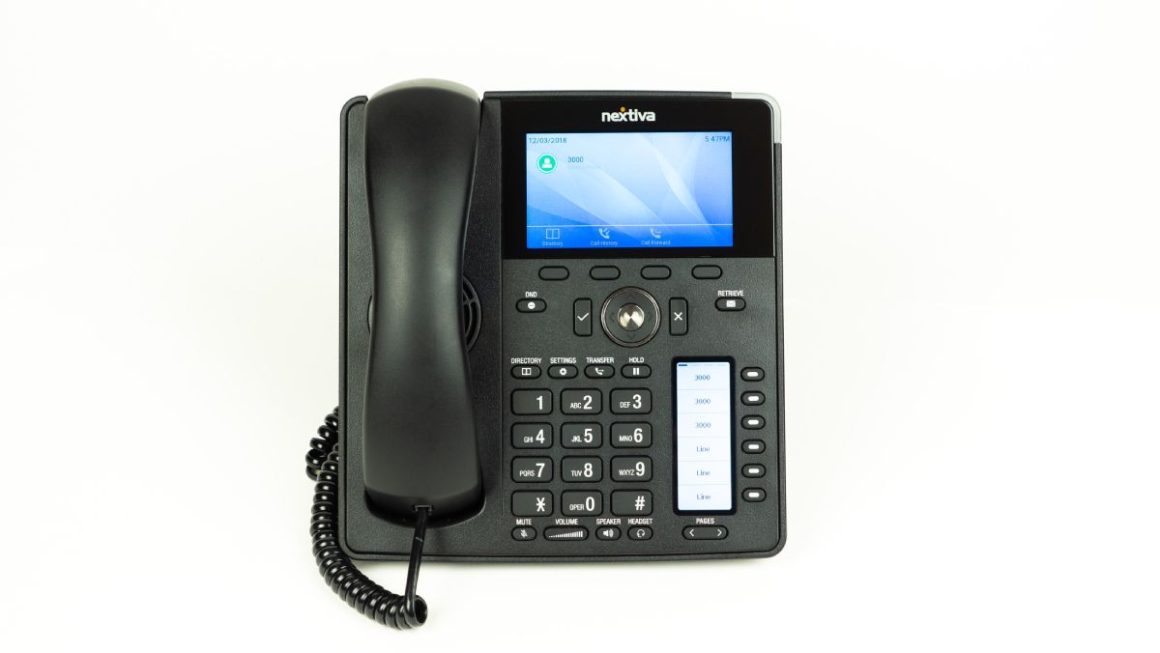In today’s world, organizations often have multiple data sources. As a result, they face many challenges when it comes to generating value from their data. Since data resides in several locations and varying formats, applying data analytics becomes challenging. For instance, you must complete several integration activities to gain meaningful insights from your data. And that’s where Data Fusion comes into play.
Data Fusion provides a one-stop shop for all your enterprise data integration services, including streaming, ingestion, ELT, and ETL. It offers an execution engine optimized for cost and service-level agreements (SLAs). This enterprise data integration solution eases the work for data analysts, engineers, and ETL developers on Google Cloud Platform (GCP) and hybrid/multi-cloud environments.
But what is Data Fusion? And what are some of its capabilities that streamline enterprise data integration? Let’s find out.
Table of Contents
What is Data Fusion?
Data Fusion is a fully managed, cloud-native, and flexible enterprise data integration platform offered by Google. It is designed for quickly developing and managing data pipelines.
With organizations dealing with massive amounts of varying data, Data Fusion helps bring it together, easing the application of data analytics. This platform can bring social, machine, or transactional data in different formats from applications, messaging systems, and databases, to mention a few. Also, it provides an intuitive visual interface, enabling you to visualize your data.
Additionally, Data Fusion offers advanced deployment capabilities. This enables you to execute data pipelines on popular managed cloud services such as Dataproc and Ephemeral. Even better, this enterprise integration platform is powered by an open-source CDAP, making the pipelines portable across GCP and hybrid/multi-cloud architectures. So, if you’re running on such cloud strategies, Data Fusion simplifies the deployment of your data pipelines across different cloud providers.
How Does Data Fusion Support Enterprise Data Integration?
Data integration is often a complex process. However, Data Fusion is optimized for integration, accelerating data transformation and analytics. Here are some of its integration capabilities:
-
Connectors
Data Fusion supports over 200 data connectors and formats. This allows you to extract and merge data from different sources. Also, you can build data pipelines in a visual model-driven environment, helping improve productivity.
-
Parsing and Enriching of Unstructured Data
Businesses often generate large volumes of unstructured data. This data is among the most challenging to integrate, analyze, and gain meaningful insights. However, Data Fusion offers capabilities to effectively parse and enrich unstructured data.
For instance, it uses Cloud artificial intelligence (AI) to convert audio to text. Also, it applies natural language processing (NLP) to extract features from documents and images and convert HL7 to FHIR. This helps ensure enterprise data integration processes comply with relevant regulatory standards.
-
Data Wrangling Capabilities
Data Fusion offers advanced data wrangling capabilities. This enables you to seamlessly prepare and operationalize data. As a result, it improves business-IT collaboration, enhancing the overall outcome of your integration initiatives.
-
Pre-Built APIs
APIs often act as the gateway to integrating data from different sources. The Data Fusion platform offers a library of built-in APIs, frameworks, and sensors. These features facilitate seamless enterprise data integration.
Also, it allows you to use the extensive REST API to develop, orchestrate, manage, and automate the lifecycle of your data pipelines. This streamlines enterprise data integration by consistently gathering, cleaning, and transforming data.
-
Operational Analytics and Insights
As initially stated, enterprise data integration is a complex process. Many things can go wrong, resulting in significant losses. For instance, if data is not cleaned properly before being used for analytics, it can lead to misinformed decisions.
Data Fusion offers operational insights, enabling you to track data integration processes. Also, you can easily manage service-level agreements and optimize integration tasks based on these insights.
-
Versatility
Data Fusion is a versatile data integration platform. It supports all data delivery modes, including real-time, streaming, and batch. This makes it a comprehensive platform for addressing streaming and batch-related use cases.
4 Benefits of Using Data Fusion in Enterprise Data Integration
Here are some reasons why you should consider Data Fusion in enterprise data integration processes:
1. Data Protection
Organizations often handle sensitive data. During integration, data can be exposed, leading to potential security breaches. However, Data Fusion offers various options for securing data, including the following:
- It allows you to store sensitive JDBC strings, URLs, and passwords in Cloud KMS and connect to external KMS systems.
- Data Fusion provides VPC Services Controls to protect data from exfiltration.
- This platform integrates with Cloud DLP, enabling you to encrypt, redact, and mask data in transit.
- It encrypts all data at rest either by default or through customer-managed encryption keys.
- Data Fusion offers a Private IP, facilitating secure access to on-premises data.
2. Data Consistency
Data consistency is a critical success factor in enterprise data integration. Data Fusion ensures data consistency in various ways, such as:
- Providing structured ways to specify transformations.
- Identifying changes in data formats and customizing error handling.
- Tracking data profiles to identify quality issues.
3. Modeling and Metadata
Data Fusion helps you gain insights into enterprise data integration processes with metadata. With Data Fusion, you can:
- Collect operational, business, and technical metadata for pipelines and datasets.
- Exchange metadata between integration and catalogs with end-user workbenches through REST APIs.
- Have a comprehensive data view, enabling you to understand profile data, relationships between datasets, and process flows.
4. It’s Open-Source
More organizations adopt hybrid/multi-cloud architectures to get the best out of each cloud platform. Data integration in such an environment is more challenging due to varying architectures. However, Data Fusion eases enterprise data integration in such settings.
It is a cloud-native and 100% open-source framework. Therefore, it allows you to build cloud-based and on-premises data analytics apps. You can execute and deploy integration pipelines across different environments without changing them to fit your business needs.
Final Thoughts
Data Fusion is a revolutionary enterprise data integration platform. It allows you to quickly and efficiently integrate data from different sources, create pipelines, and apply transformations. So, if you’re struggling to meet your data integration goals, it’s time to switch to Data Fusion. By embracing Data Fusion, you’ll make your data teams more productive and happier.
Also Read: Right Blend of ERP, CRM, Cloud, and Analytics Drives Digital Transformation




